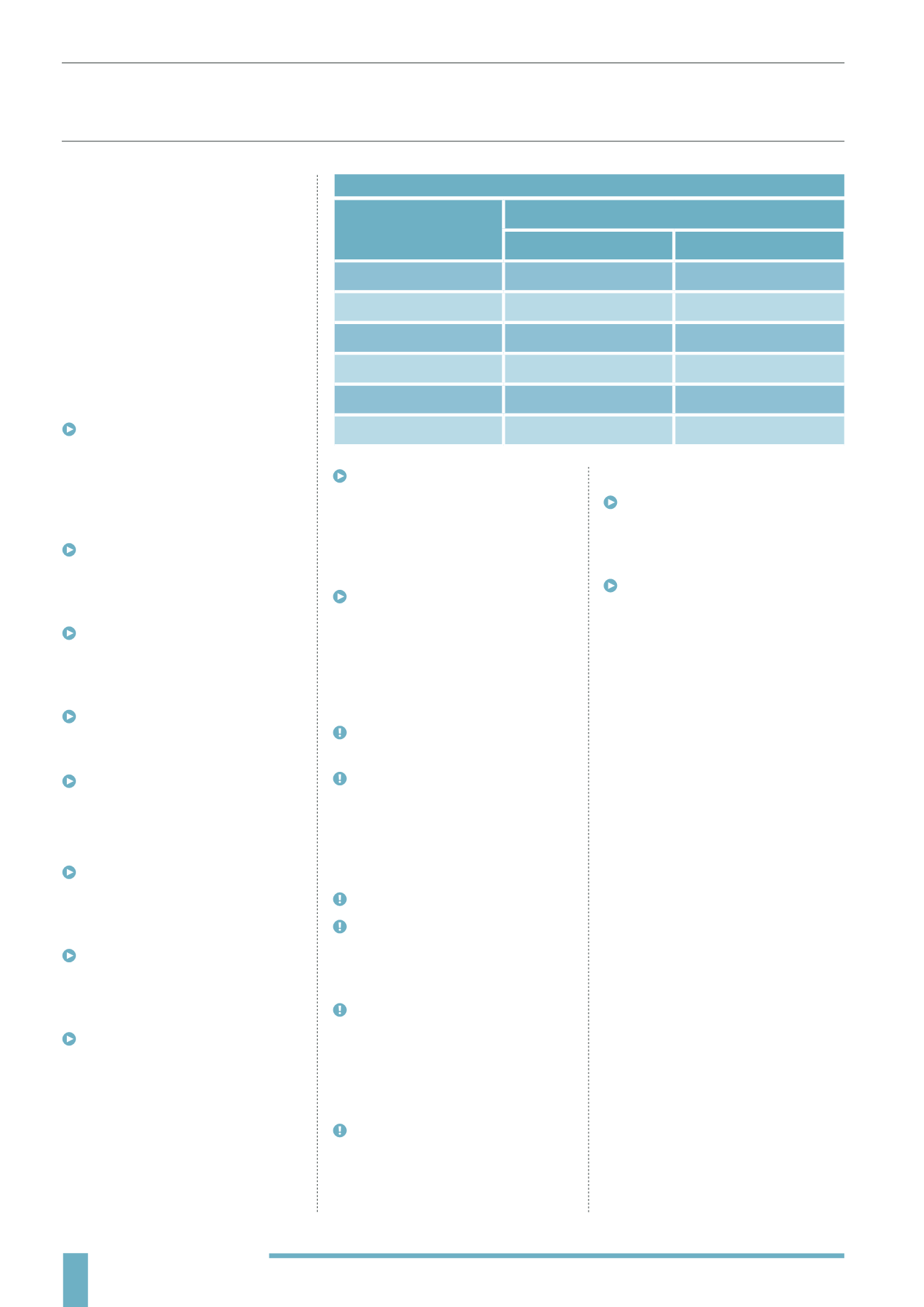
10
WHAT IS IT
BPR is a statutory relief available on
investments in unquoted businesses
and their assets that gives 100% relief
on IHT (50% in some scenarios – but the
products that utilise BPR invest in assets
that achieve 100% relief).
More detail can be found here:
-
inheritance-tax/overview
WHY USE IT
With the IHT threshold (nil rate band)
frozen at £325,000 until at least 2018,
many more households are now facing
the prospect of paying this tax. Advisers
can use BPR to help these households
mitigate IHT
BPR investments qualify for IHT relief
after just two years, rather than the
seven years for more conventional
estate planning solutions
Investors in BPR can withdraw their
funds at any time (subject to liquidity)
so they do not have to sacrifice access
and control
Investors in BPR products can also
expect some meaningful growth in their
assets
Some AIM focused BPR products can
be placed within an ISA.
HOW DOES IT WORK
BPR products are usually invested in
low-risk opportunities with strong,
secure cash flows and low levels of
volatility
Some products are invested in a
portfolio of AIM listed companies, and
some are invested in unlisted
companies or income producing assets
Legal structures vary, but generally
they are discretionary managed
portfolios with investors having
beneficial ownership of the underlying
assets. In most cases they are not
collective investment schemes, which
face stricter rules around who they can
be promoted to
Provided the investor owns the
shares or assets for two years prior to
their death (and are still holding them
when they die), and that HMRC rule that
the assets qualify, then they will receive
100% relief from IHT
There is a three year window in
which to purchase replacement assets
whenever BPR qualifying assets are
disposed of, without having to requalify
for BPR relief.
WHAT ARE THE RISKS
Investors’ capital is at risk as the value
of the underlying investments may fall
HMRC assess the assets upon
application by the deceased’s estate
and refuse BPR - access to the relief is
assessed on a case-by-case basis, so
cannot be guaranteed upfront (it is a
retrospective relief)
Liquidity may be limited
The government may change the
rules on BPR qualifying assets, lower
the IHT threshold or introduce other
changes creating a new IHT liability
Changes in the investment
environment (such as interest rate rises
or asset growth) may create a higher
unplanned IHT liability or make other
risk averse assets comparatively more
attractive
The government could, in extreme
circumstances, deem that the use
of BPR “products” falls outside the
intended purpose of BPR and make
them illegal.
WHAT ARE THE MITIGANTS
Investment managers carefully run
their BPR portfolios to mitigate the first
three risks. Their track records can be
checked and verified
It is difficult to mitigate against
governments changing the rules, but
this risk applies to all long term
investment decisions.
“BPR is the quickest way
to protect assets from
Inheritance Tax. And
specialised BPR products
can often be simple to invest
in, maintain a relatively
stable value and will usually
return capital to the investor
or the beneficiaries within
a reasonable timescale. By
contrast, some other methods
of obtaining BPR have
significant drawbacks. EISs
can return capital to the
client at unpredictable times,
leaving them scrambling to
find a new BPR-qualifying
asset”
Andrew Sherlock, Oxford Capital
HOW MUCH INHERITANCE TAX MIGHT YOU PAY?
WHY BUSINESS PROPERTY RELIEF
Value of your estate
Inheritance Tax Liability
Single person
Married couple
£325,000
Nil
Nil
£500,000
£70,000
Nil
£650,000
£130,000
Nil
£1m
£270,000
£140,000
£1.5m
£470,000
£340,000
£2m
£670,000
£540,000


